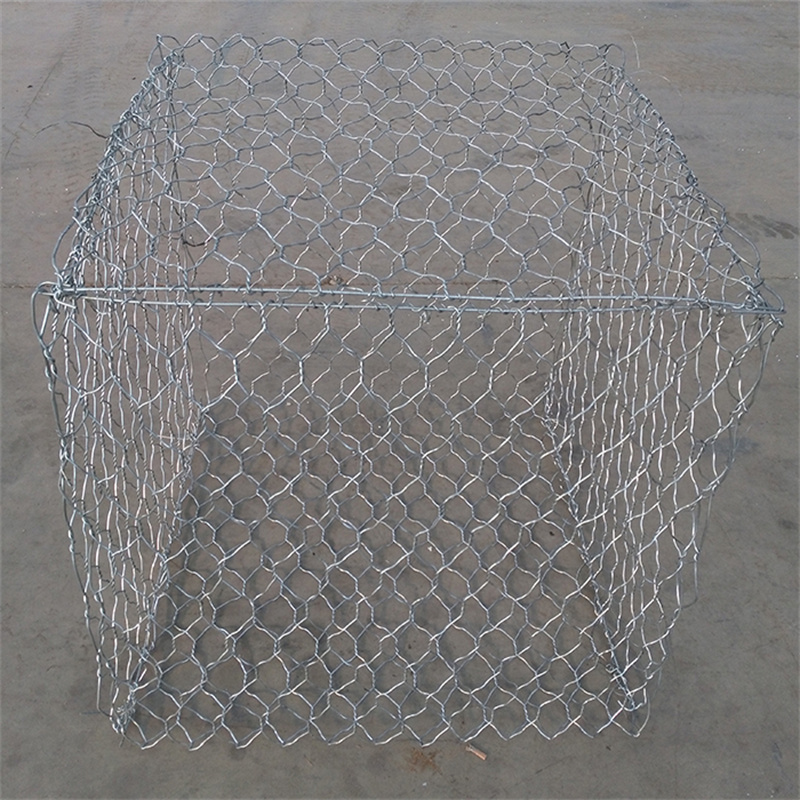نوفمبر . 26, 2024 02:50 Back to list
Creative Uses of Gabion Rock Cages for Landscaping and Outdoor Projects
Gabion Rock Cages A Sustainable Solution for Erosion Control and Landscaping
In the realm of civil engineering and landscaping, gabion rock cages have emerged as a versatile and sustainable solution for various applications. These wire mesh containers, filled with natural stones, serve a multitude of purposes, from erosion control to decorative landscaping. As environmental concerns rise and sustainable practices become increasingly important, gabion rock cages offer an innovative way to address some of the pressing challenges we face today.
What are Gabion Rock Cages?
Gabion rock cages are essentially rectangular or cubic wire mesh boxes that are filled with stones or rocks. The word gabion comes from the Italian word gabbione, meaning large cage. These cages can be made of galvanized steel, stainless steel, or plastic-coated wire to ensure durability and resistance to corrosion. Once filled, they can be stacked or arranged in various formations to create retaining walls, fences, riverbank stabilization, and more.
Erosion Control
One of the primary applications of gabion rock cages is in erosion control. Riverbanks, hillsides, and shorelines are often vulnerable to soil erosion due to water runoff, heavy rainfall, or human activity. Gabions provide a robust solution by dissipating the energy of flowing water, thereby reducing the rate of erosion. When installed strategically, they can protect valuable land and infrastructure, ensuring the integrity of roads, buildings, and other structures.
Aesthetic Landscaping
Beyond their functional applications, gabion rock cages can also serve as aesthetically pleasing features in landscaping projects. They can be used to create striking walls, paths, or even outdoor furniture. The natural stones within the cages can blend harmoniously with the environment, offering a rustic charm that enhances the beauty of gardens, parks, and public spaces. Additionally, the open nature of gabions allows for plant growth, resulting in living walls that further add to their visual appeal.
gabion rock cages

Environmental Benefits
Gabion rock cages align with sustainable practices in several ways. Since they are made from natural materials, they have a low environmental impact compared to conventional building materials. The use of locally sourced stones means reduced transportation emissions and support for local economies. Gabions also promote biodiversity by providing habitats for various species, thus enhancing the ecosystem.
Furthermore, the permeability of gabion structures allows water to flow through them, facilitating natural drainage and reducing the risk of flooding. This feature makes them an excellent choice for managing stormwater runoff and mitigating flood risks in urban areas.
Easy Installation and Maintenance
Another advantage of gabion rock cages is their relatively straightforward installation process. They can be set up quickly without the need for heavy machinery, making them an economical choice for both large and small projects. Once installed, gabions require minimal maintenance, as the natural stones are resilient, and the wire mesh is designed for long-lasting durability.
Conclusion
As the demand for sustainable and effective solutions grows, gabion rock cages stand out as a practical choice for erosion control, landscaping, and environmental conservation. Their versatility, aesthetic appeal, and ecological benefits make them an excellent alternative to traditional materials and methods. Whether used to stabilize a riverbank, create a decorative feature in a garden, or manage stormwater, gabion rock cages represent a harmonious blend of functionality and sustainability, paving the way for a greener future. Embracing such innovative solutions is crucial as we strive to protect our planet while meeting the needs of contemporary society.
-
Understanding Load-Bearing Capacity of Gabion Boxes
NewsJul.17,2025
-
The Importance of Corrosion-Resistant Wire in Gabion Construction
NewsJul.17,2025
-
How Gabion Boxes Prevent Soil Erosion Effectively
NewsJul.17,2025
-
Environmental Benefits of Gabion Cages
NewsJul.17,2025
-
Best Stone Types for Gabion Walls with Steps
NewsJul.17,2025
-
Benefits of Using Rock Gabion Baskets in Landscaping
NewsJul.17,2025
-
The Role of Galvanized Gabion Mesh in Riverbank Protection
NewsJun.26,2025






